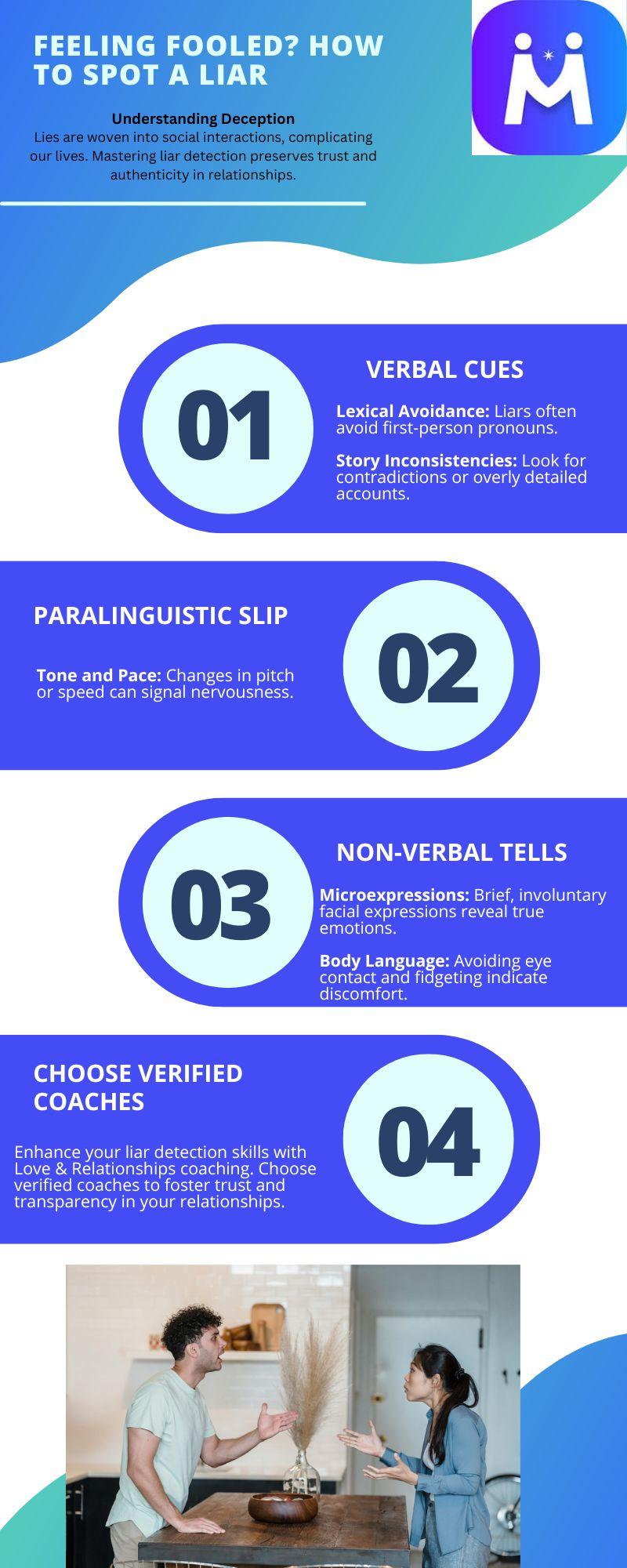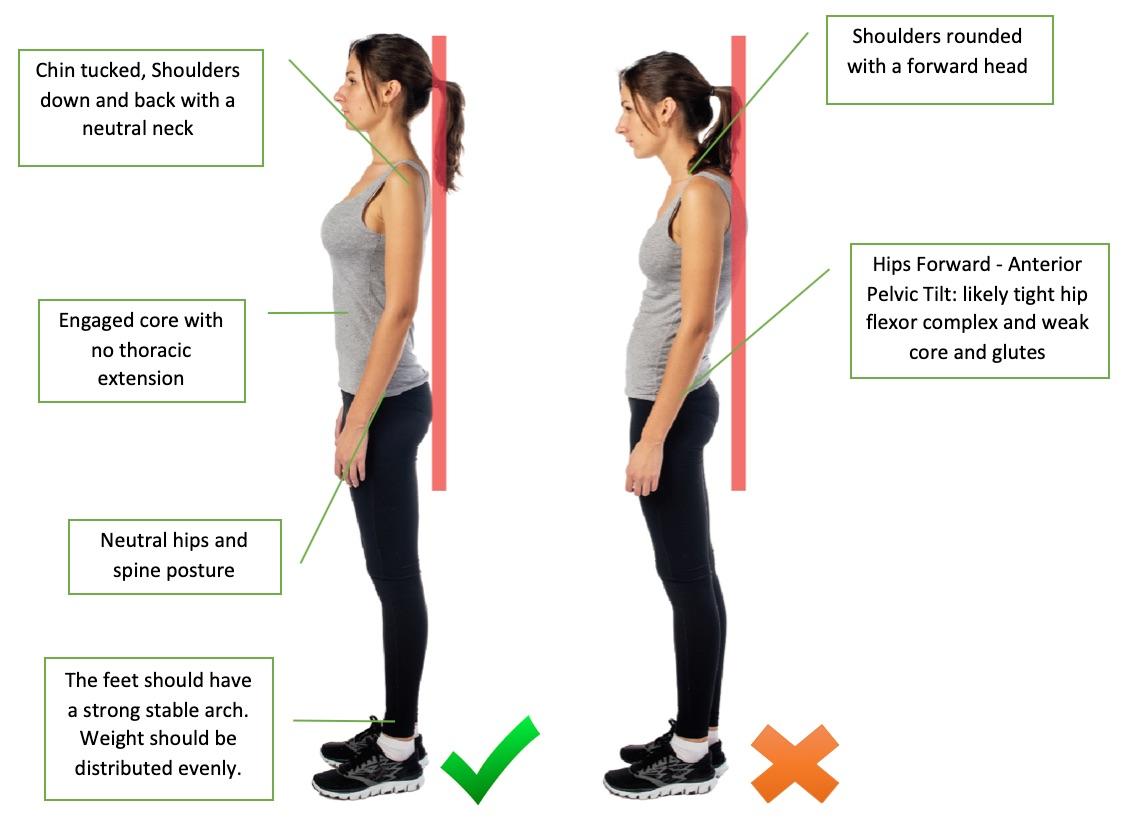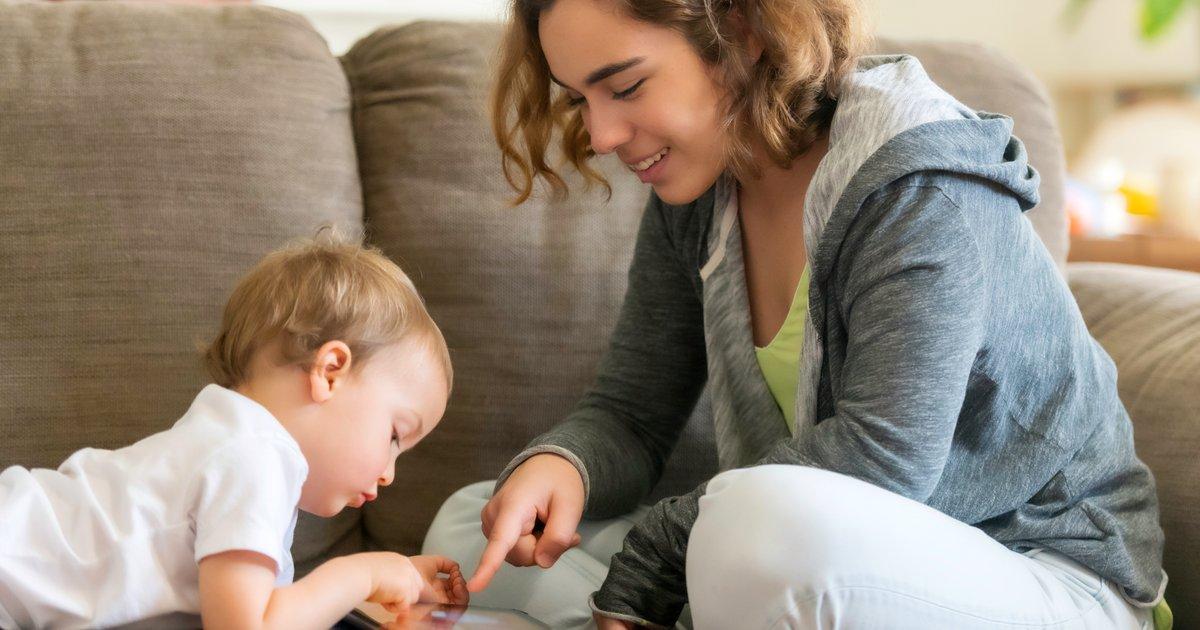In the journey toward building self-assurance, one often overlooked yet powerful tool is body language. While words can articulate thoughts, it is the silent cues of our posture, gestures, and expressions that often speak volumes about our confidence levels. Understanding and mastering the art of body language not only enhances our ability to communicate effectively but also reinforces our self-belief and presence in any setting. This article delves into the transformative power of body language, providing insights and practical strategies to harness its potential in fostering a more confident you. Whether you are preparing for a job interview, a public speaking engagement, or simply aiming to boost your everyday interactions, mastering body language is an essential step toward presenting yourself with assurance and authenticity.
Mastering Your Non-Verbal Cues to Exude Confidence
To project confidence through your non-verbal cues, it’s essential to focus on several key aspects of body language. Start by maintaining an upright posture; this not only exudes self-assurance but also commands attention. Keep your shoulders back and your chin up, as these subtle adjustments can make a significant impact on how others perceive you. Eye contact is another powerful tool. Strive for a balance where you are neither staring nor avoiding gazes. This will help in building trust and conveying confidence.
- Gestures: Use hand movements to emphasize your points, but ensure they are natural and not overly dramatic.
- Facial Expressions: A genuine smile can break barriers and project warmth and confidence.
- Space Management: Respect personal space, but do not shy away from occupying your own space confidently.
- Mirroring: Subtly mimic the body language of others to create rapport and establish connection.
By mastering these elements, you’ll not only enhance your own confidence but also create an environment where others feel more comfortable and engaged in your presence.

Harnessing Eye Contact to Establish Trust and Authority
Eye contact is a powerful tool in the realm of body language, capable of conveying trust and authority without uttering a single word. When used effectively, it can be the cornerstone of building strong interpersonal connections. Establishing eye contact signals to others that you are confident and present, encouraging them to reciprocate with trust. It’s not just about looking at someone; it’s about engaging with intention. When you maintain eye contact during a conversation, it demonstrates sincerity and respect, essential components in establishing credibility.
- Build Trust: Consistent eye contact fosters a sense of transparency and openness, key to building trust in both personal and professional relationships.
- Exude Authority: Holding someone’s gaze confidently can project authority and command attention, making you appear more self-assured and competent.
- Enhance Engagement: Engaging with your eyes can make interactions more dynamic and memorable, ensuring your message resonates with your audience.
Effective Strategies: Use eye contact to punctuate important points during discussions. Vary the duration and intensity to keep the interaction natural and avoid staring, which can make others uncomfortable. Practice in front of a mirror to become more aware of your eye contact habits and adjust accordingly to enhance your communication skills.

Enhancing Your Posture for a Powerful Presence
Good posture is the foundation of effective body language and can significantly impact the way you are perceived by others. By aligning your body correctly, you not only project confidence but also improve your overall presence. To enhance your posture, consider the following tips:
- Stand Tall: Imagine a string pulling you upwards from the top of your head. This will help you elongate your spine and stand with your shoulders back.
- Engage Your Core: A strong core supports a better posture. Regular exercises like planks or Pilates can strengthen your core muscles, providing a stable base for your upper body.
- Mind Your Feet: Keep your feet shoulder-width apart and distribute your weight evenly to maintain balance and avoid slouching.
- Sit Smart: When sitting, ensure your back is straight and your feet are flat on the ground. Use a chair that supports the natural curve of your spine.
Incorporating these simple adjustments into your daily routine can create a more commanding presence, allowing you to communicate with assurance and authenticity. Remember, your body speaks before you do, so let it convey strength and confidence.
Using Gestures Effectively to Complement Your Words
- Emphasize Key Points: When delivering a message, your gestures can serve as highlighters, drawing attention to critical elements of your conversation. A well-timed hand movement or a slight nod can underscore your words, making your points more memorable and impactful.
- Synchronize Your Gestures: Ensure that your hand movements align with your speech rhythm. This synchronization creates a harmonious flow that keeps your audience engaged and conveys confidence. Avoid erratic or overly dramatic gestures, as they can distract from your message.
- Maintain Openness: Open gestures, such as uncrossed arms and visible hands, project approachability and honesty. These gestures help build trust with your audience, reinforcing the sincerity of your words.
Incorporating gestures effectively requires mindfulness and practice. Start by observing how confident speakers use their body language and experiment with different gestures in your practice sessions. Remember, your gestures should feel natural and enhance, rather than overshadow, your verbal communication. By mastering this balance, you not only enhance your message but also project a powerful presence that commands respect and attention.




